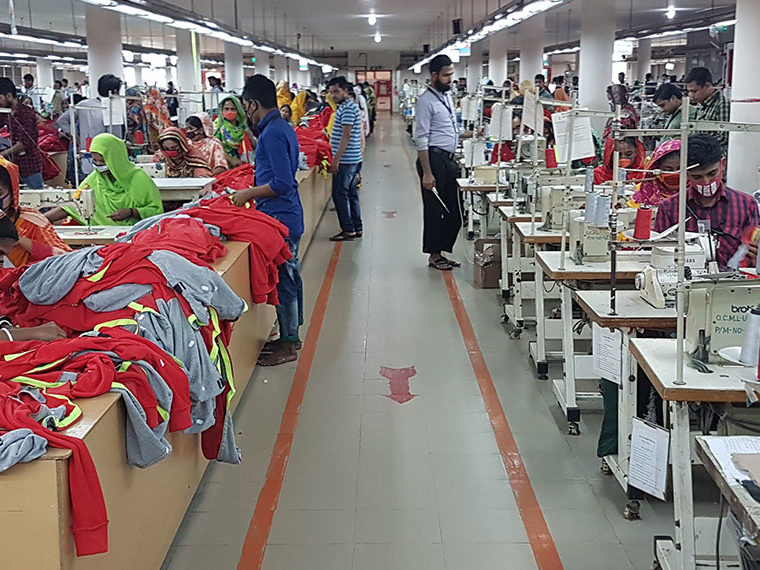The history of industrial transformation suggests more gradual change
In college, if your economics professor covered the Industrial Revolution, it was likely a single lecture, but the actual transformation of production from manual labor to mass mechanization took nearly a century.
Likewise, with today’s pandemic forcing nearly all those who can do so to work from home, many voices are declaring the office a relic and suggesting that, in a mere year, we’ve sped through what otherwise would have been a decadeslong transition to remote labor.
Not so fast, warn Columbia’s Réka Juhász, Bocconi University’s Mara P. Squicciarini and UCLA Anderson’s Nico Voigtländer, researchers who previously looked at the drawn-out integration of the cotton engine, or gin, into textile manufacturing for clues to the seemingly long-delayed productivity payoff from massive investments in technology. The earlier paper explained that, while the machine indeed enabled a massive leap in productivity, it required decadeslong reorganization of companies and industries to complete that work.
Perhaps the balance between working from home and being in the office has years of fine-tuning ahead, as companies, eventually freed from pandemic concerns, examine the two approaches’ impact on productivity, collaboration and innovation.
Companies set aside the organizational headaches and costs of shifting to remote work after COVID-19 emerged “because of the extraordinary public hazard of on-site work,” the authors write in a working paper. Once the health risks subside, they hypothesize many industries will bring their workforces back into the offices because the barriers to operating remotely — technology and communications limitations, among them — remain significant.
Juhász, Squicciarini and Voigtländer rely on a database developed by Jonathan Dingel and Brent Neiman of the University of Chicago to measure remote work feasibility along with Bureau of Labor Statistics data and employee surveys to determine two factors about a workplace:
—Can the work be done remotely? The Dingel Neiman study found 37% of all jobs in the U.S. can be performed at home, with large variation across cities and industries.
—Does it require significant coordination that makes a shared work setting essential or at least highly advantageous? This was determined by the importance of interpersonal cooperation (based on survey questions) and the degree of specialization within each industry (based on number of occupations.) A team made up of deeply specialized workers — each distinct from the others — would seem to benefit from close cooperation, which an office setting facilitates.
Industries were also ranked according to the percentage of their workforce operating remotely in February 2020, before the U.S. lockdown, and in May of 2020.
The study suggests those companies facing the most pressure to return to the status quo will be ones that had technological capability to go remote but still require a medium to high level of coordination of skills. That would include industries such as finance and insurance, publishing and data processing.
Industries with high “technological feasibility” and lower coordination requirements are more likely to continue working remotely, according to their findings.
This doesn’t, however, mean the work-from-home movement will be short-lived, Juhász, Squicciarini and Voigtländer explain. Over time, they point out, “the pandemic may lead to technological and organizational innovations that make remote work profitable for an increasing number of firms and sectors.”
Competition for skilled labor could also affect company decisions. Coders, for instance, enjoy high demand for their services and more flexibility from employers trying to attract them. Facebook and Twitter have assured employees they can work from home forever. Hard-pressed industries may seize on the savings from not having to rent office space. Newspaper operators McClatchy and Tribune Publishing have turned entire newsrooms into remote operations.
Some leading banks and insurance companies, including JPMorgan Chase & Co., UBS Group AG and Nationwide, are testing hybrid in-office, out-of-office workplaces.
A recent survey by the Society for Human Resources Management, a global HR organization, found nearly three-quarters of its members were “finding it difficult to adapt to telework.”
Featured Faculty
-
Nico Voigtländer
Professor of Global Economics and Management
About the Research
Juhász, R., Squicciarini, M., Voigtländer, N. (2020). Away From Home and Back: Coordinating (Remote) Workers in 1800 and 2020.






